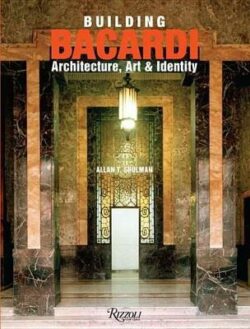Emilio Ambasz
$230.00
Low Stock
Description
Famously labelled the father, poet, and prophet of green architecture and a vocal proponent of the idea that any project in architecture or design must present new or better ways of living or be deemed immoral, Emilio Ambasz is an award-winning architect, industrial designer, and protean maker of forms. He has invented highly efficient engines, modular furniture, streetlamps, flexible pens, expandable suitcases, ergonomic door handles, wrist-computers, dental hygiene systems, and 3D posters. He created the Vertebra chair, the first ever automatic, ergonomic chair in the world, now part of the permanent collections at MoMA and The Met in New York. In architecture he has long been a pioneer, and has retained a belief in the environment, or rather the larger ecology, as fundamental in viewing the world: as Professor Bergdoll notes of Ambasz in his introduction, his philosophy of green over gray may often have fallen on deaf ears at the height of Postmodernism, but it today seems profoundly relevant. And it is in the context of today that the book considers the work of Emilio Ambasz and its three main areas of concentration architecture, industrial design, curating with an aim of shining a light on the interdisciplinary nature of the work as a whole. Featuring built and manufactured designs that have achieved iconic fame and challenged others to approach new ways of reconciling architecture and nature notably the Prefectural Hall at Fukuoka, Japan, and the conservatory buildings of the San Antonio Botanical Garden, in addition to his own unique house outside Seville in Spain the book also considers Ambasz s work as curator at MoMA and his ongoing influence and legacy.
Additional information
| Dimensions | 210 × 298 mm |
|---|---|
| ISBN | 9780847872060 |
| Dimensions | 210 x 298 mm |
| Book Type | Hardback |
| Author | Barry Bergdoll |
| Author Bio | Barry Bergdoll is Meyer Schapiro Professor of Art History and Archaeology and Director of Undergraduate Studies at Colombia University and former Philip Johnson Chief Curator of Architecture and Design at the Museum of Modern Art in New York. |
| Number of Pages | 288 |




